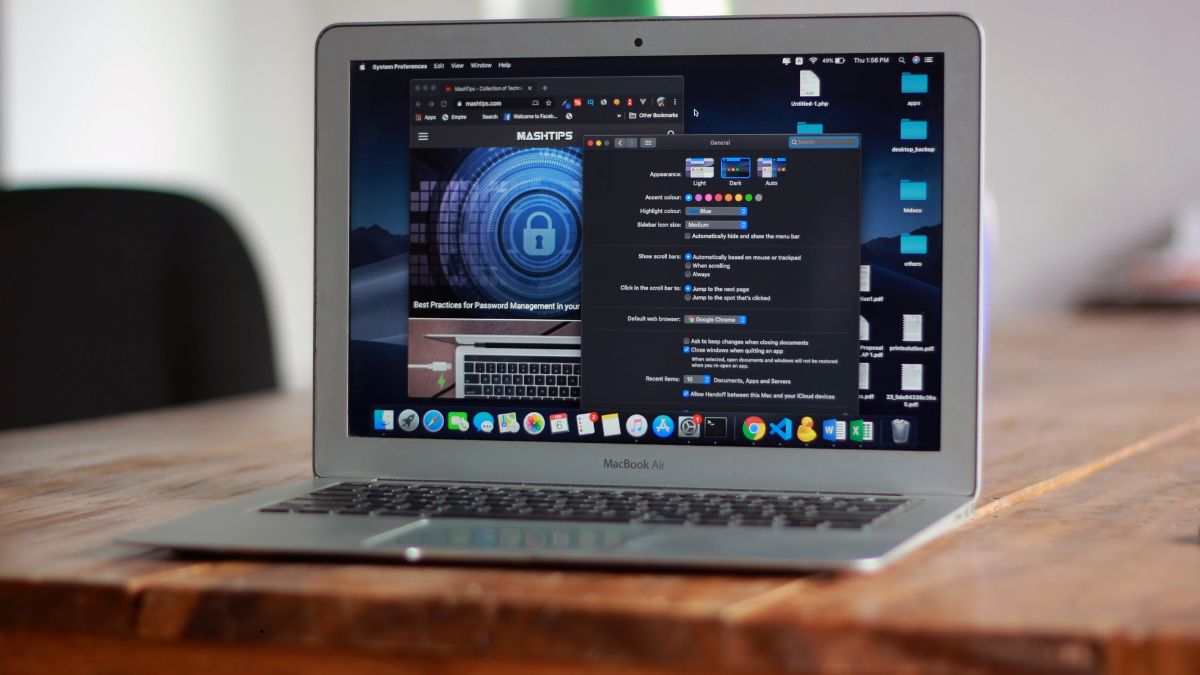The hidden cost of cybercrime: why small businesses can’t afford to ignore cybersecurity

When it comes to cyberattacks, big names like banks, government agencies, and tech giants often make the headlines. But in reality, small and medium-sized businesses (SMBs) are just as much at risk — and often more vulnerable.
According to a recent report by IBM, nearly 43% of all cyberattacks target small businesses, yet many of them lack the resources, awareness, or strategy to defend themselves effectively.
Why are small businesses attractive to hackers?
Many small business owners assume that hackers wouldn’t bother targeting them because they have less data or money. But that assumption is exactly what makes them appealing. Here’s why:
-
Weaker defenses: Small businesses often lack dedicated IT staff or security budgets.
-
Valuable data: Even a small company holds customer information, financial records, and login credentials that can be sold or exploited.
-
Stepping stones: Hackers sometimes use SMBs as entry points to reach larger partners or clients in the supply chain.
Common threats small businesses face
-
Phishing attacks: Fake emails or messages trick employees into clicking malicious links or giving away credentials.
-
Ransomware: Attackers lock down systems and demand payment to restore access.
-
Insider threats: Disgruntled employees or careless staff can leak sensitive data.
-
Malware infections: Malicious software can spread across a network and damage or steal information.
The consequences of a breach
The financial impact of a cyberattack on a small business can be devastating. Costs often include:
-
Paying ransom or legal fines.
-
Downtime and lost revenue while systems are restored.
-
Damage to customer trust and brand reputation.
-
Expenses related to investigating the breach and upgrading security afterward.
In fact, some studies show that over 60% of small businesses shut down within six months of a major cyberattack.
How small businesses can protect themselves
Fortunately, even small steps can make a big difference:
Install and regularly update antivirus and anti-malware software.
Educate employees about phishing and safe online practices.
Use strong, unique passwords and enable two-factor authentication.
Back up data regularly — both on-site and in the cloud.
Work with trusted IT professionals or managed security providers for guidance.
Final thoughts
Cybersecurity is no longer a “nice-to-have” — it’s a necessity, regardless of business size. By prioritizing basic security measures and staying informed about the evolving threat landscape, small businesses can protect themselves, their customers, and their future.
The cost of prevention is far less than the cost of a breach. In today’s digital economy, even the smallest business can be a target — but with the right precautions, you don’t have to be a victim.

